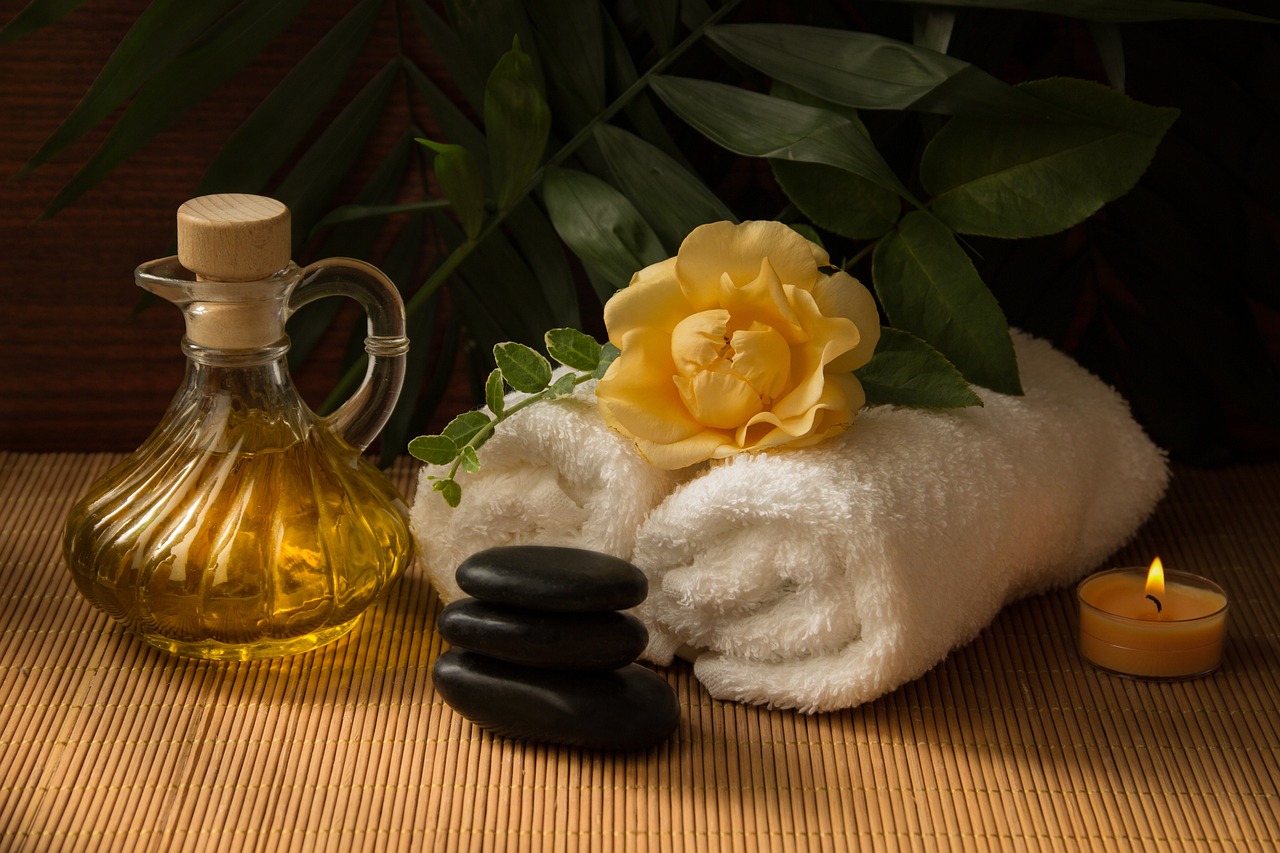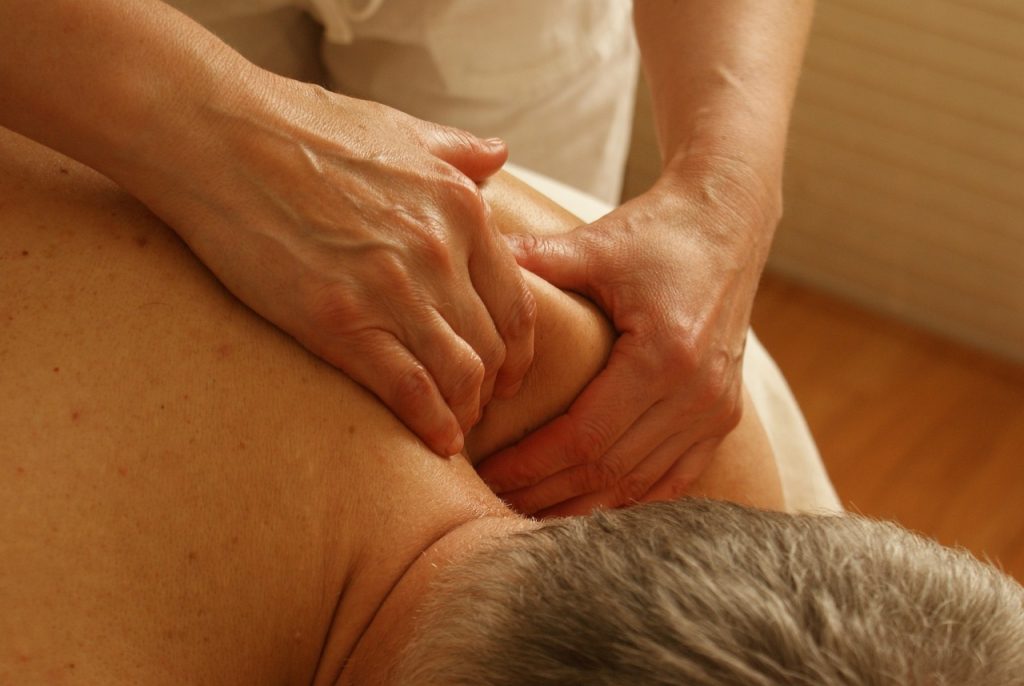Welcome to Devine Massage Spa

Deep tissue massage is a therapeutic technique that focuses on realigning deeper layers of muscles and connective tissue. It is particularly beneficial for individuals with chronic pain, muscle tension, or those recovering from injuries. Unlike traditional relaxation massages, deep tissue massage involves the application of firm pressure and slow strokes to reach deeper layers of muscle and fascia, the connective tissue surrounding muscles. This approach can help break up scar tissue, reduce inflammation, and improve overall body function.

Before a deep tissue massage session, the therapist will discuss your goals and any areas of concern. It’s important to provide accurate information about your medical history and any specific issues you’re experiencing. During the session, the therapist will use firm pressure and slow strokes to target deeper layers of muscle and connective tissue. The pressure may be intense at times, but it should not be painful. It’s important to communicate with the therapist about your comfort level and any areas that require more or less pressure.
After the massage, it’s common to experience some soreness or discomfort, similar to the feeling after a strenuous workout. This is a normal response as the muscles adjust to the release of tension. Drinking plenty of water after the massage can help flush out toxins and reduce soreness.
Deep tissue massage employs a variety of techniques to target specific areas of tension and pain. Some of the most common techniques include:
Stripping: This involves applying deep pressure along the length of the muscle fibers. The therapist uses their fingers, knuckles, or elbows to glide along the muscle, helping to release tension and break down adhesions.
Friction: This technique involves applying pressure across the grain of the muscle fibers. It is used to break up scar tissue and realign muscle fibers, promoting healing and flexibility.
Trigger Point Therapy: Focuses on identifying and applying pressure to specific points of tension within a muscle, known as trigger points. This helps release knots and alleviate pain.
Myofascial Release: Involves applying sustained pressure to the fascia to release tension and improve mobility. This technique helps to stretch and loosen the connective tissue, reducing pain and improving range of motion.
Deep tissue massage offers a wide range of benefits for both physical and mental well-being. Some of the key benefits include:
Deep tissue massage is highly effective in relieving chronic pain, particularly in the neck, back, and shoulders. By targeting deeper layers of muscle and connective tissue, the massage helps release tension and reduce pain. Studies have shown that deep tissue massage can be more effective than medication for relieving chronic pain and is often more cost-effective.
By breaking down adhesions and scar tissue, deep tissue massage can improve mobility and flexibility. This is particularly beneficial for individuals recovering from injuries or surgery, as it helps restore range of motion and promotes healing.
Inflammation is a natural response to injury or irritation but can lead to pain and discomfort. Deep tissue massage helps reduce inflammation by improving circulation and promoting the removal of metabolic waste products. This can alleviate pain and support the body’s natural healing processes.
Research has shown that deep tissue massage can help lower blood pressure by reducing stress and promoting relaxation. The massage stimulates the production of serotonin, a hormone that promotes feelings of well-being and happiness, while reducing cortisol levels, the body’s primary stress hormone.
Deep tissue massage not only benefits the body but also promotes mental clarity and stress relief. The release of endorphins during the massage helps reduce stress and anxiety, promoting a sense of calm and relaxation. This can improve mood and enhance overall well-being.
Athletes often incorporate deep tissue massage into their training regimen to enhance performance and prevent injuries. The massage helps improve circulation, reduce muscle tension, and promote faster recovery, allowing athletes to perform at their best.
While deep tissue massage offers numerous benefits, there are some considerations and precautions to keep in mind:
Medical Conditions: Individuals with certain medical conditions, such as blood clots, fractures, or severe osteoporosis, should consult with a healthcare provider before receiving a deep tissue massage.
Pregnancy: Pregnant individuals should seek approval from their doctor and work with a trained prenatal massage therapist to ensure safety.
Pain Tolerance: Deep tissue massage can be intense, and it’s important to communicate with the therapist about your pain tolerance and comfort level.
Qualified Therapist: Ensure that the massage is performed by a qualified therapist who is experienced in deep tissue techniques.
Deep tissue massage is a powerful therapeutic technique that offers a wide range of benefits for physical and mental well-being. By targeting deeper layers of muscle and connective tissue, the massage helps relieve chronic pain, reduce inflammation, and improve mobility. Whether used for injury recovery, stress relief, or athletic performance, deep tissue massage provides a holistic approach to wellness, enhancing overall health and quality of life. By understanding the benefits and techniques of deep tissue massage, individuals can make informed decisions about incorporating it into their self-care routine.